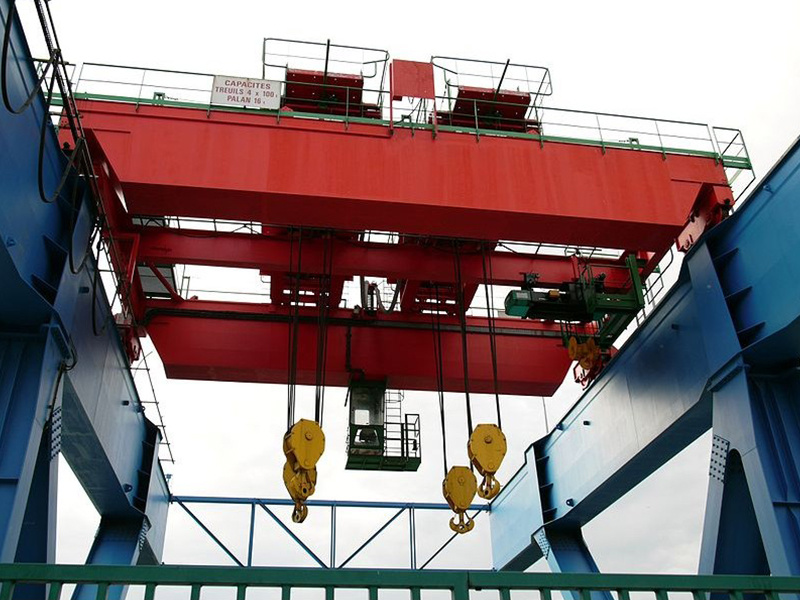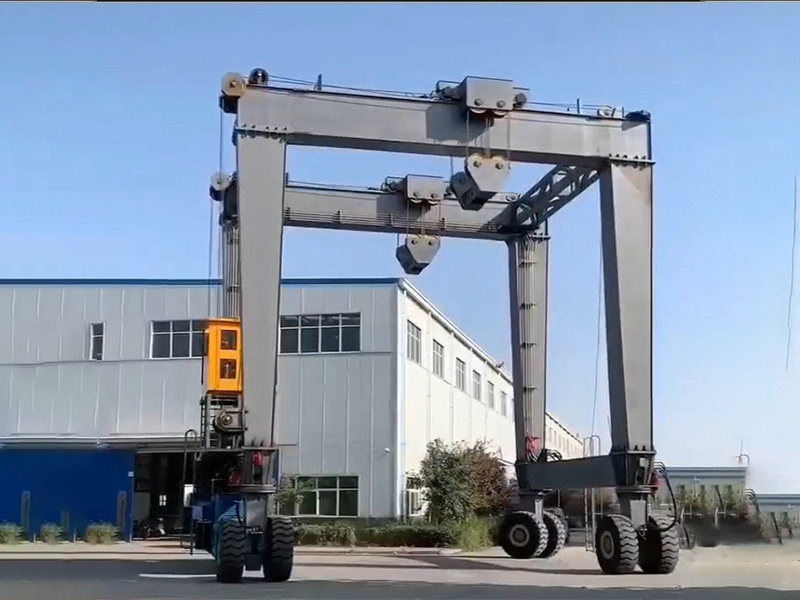Henan Aifite Intelligent Equipment Co., LTD.
Electric Lifting Platform Vehicle
Classification:
Product Introduction
**Electric Lifting Platform Vehicle**
In recent years, the world has seen significant advancements in technology and innovation, particularly in the field of transportation and material handling. Among these innovations, the Electric Lifting Platform Vehicle (ELPV) has emerged as a crucial tool in various industries, ranging from construction and manufacturing to warehousing and logistics. This article explores the features, benefits, applications, and future prospects of Electric Lifting Platform Vehicles.
Technical Specification:
| Name | Electric lifting platform Vehicle |
| load capacity | 300-500 kg |
| Lifting height | 3-12 m |
| platform size | 2.29×1.15×1.1 m |
| Extended platform safe working load | 113 kg |
| Extended size of table | 0.9 m |
| Lifting/driving motor | 3.0 kw |
| Lifting speed | 3-5 m/min |
| Maximum climbing ability | 25% |
| tyres | Φ381×127mm |
**Understanding Electric Lifting Platform Vehicles**
Electric Lifting Platform Vehicles are specialized machines designed to lift and transport goods and personnel to elevated heights. Unlike traditional lifting platforms that rely on fossil fuels, ELPVs utilize electric power, making them more environmentally friendly and cost-effective in the long run. These vehicles are equipped with hydraulic systems that allow for smooth lifting and lowering, providing stability and safety during operation.
The design of ELPVs often includes a platform that can be adjusted to various heights, allowing workers to access hard-to-reach areas safely. Additionally, many models come with features such as automatic leveling, safety guardrails, and non-slip surfaces, ensuring the safety of both the operator and the materials being lifted.
**Advantages of Electric Lifting Platform Vehicles**
One of the most significant advantages of Electric Lifting Platform Vehicles is their eco-friendliness. By operating on electricity, these vehicles produce zero emissions, which is particularly important in urban areas where air quality is a concern. This shift towards electric power not only reduces the carbon footprint but also complies with increasing environmental regulations.
Cost-effectiveness is another critical benefit. While the initial investment in an ELPV may be higher than that of a conventional lifting vehicle, the long-term savings on fuel, maintenance, and operational costs often make it a more economical choice. Electric vehicles generally have fewer moving parts, resulting in lower maintenance costs and reduced downtime.
Moreover, ELPVs are known for their quiet operation. This feature is especially advantageous in settings where noise pollution can be a significant issue, such as in residential areas or during nighttime operations. The quiet nature of electric vehicles allows for more flexible working hours and minimizes disturbances to nearby communities.
**Applications of Electric Lifting Platform Vehicles**
The versatility of Electric Lifting Platform Vehicles makes them suitable for a wide range of applications across various industries. In the construction sector, ELPVs are used for tasks such as building maintenance, window installation, and roofing work. Their ability to reach significant heights safely makes them indispensable for high-rise construction projects.
In manufacturing and warehousing, ELPVs facilitate the efficient movement of goods. They can be used to transport heavy materials from one level to another, streamlining operations and improving productivity. Additionally, their compact design allows them to navigate tight spaces, making them ideal for crowded warehouses and production floors.
Electric Lifting Platform Vehicles are also becoming increasingly popular in the event management industry. They are often used to set up stages, lighting, and other equipment at concerts and festivals. Their ability to quickly and quietly lift equipment to significant heights makes them a valuable asset in such settings.
**Challenges and Considerations**
Despite their many advantages, Electric Lifting Platform Vehicles are not without challenges. One of the primary concerns is battery life. While advancements in battery technology have improved the operational time of electric vehicles, users must still consider the duration of use and the need for recharging. In high-demand environments, ensuring a sufficient power supply can be a logistical challenge.
Additionally, the initial cost of purchasing ELPVs can be a barrier for some companies. Although the long-term savings often justify the investment, smaller businesses may find it challenging to allocate the necessary funds upfront. However, leasing options and government incentives for electric vehicles can help mitigate this issue.
Another consideration is the training required for operators. While ELPVs are designed to be user-friendly, proper training is essential to ensure safe operation. Companies must invest in training programs to familiarize their staff with the vehicle's controls and safety features.
**The Future of Electric Lifting Platform Vehicles**
As the demand for sustainable and efficient machinery continues to grow, the future of Electric Lifting Platform Vehicles looks promising. With ongoing advancements in battery technology, we can expect to see improvements in battery life and charging speed, further enhancing the practicality of ELPVs.
Moreover, the increasing focus on workplace safety and environmental regulations will likely drive more industries to adopt electric lifting solutions. Governments around the world are offering incentives for businesses to transition to electric vehicles, which will contribute to the growth of the ELPV market.
In conclusion, Electric Lifting Platform Vehicles represent a significant advancement in the realm of material handling and transportation. Their eco-friendliness, cost-effectiveness, and versatility make them an essential tool across various industries. As technology continues to evolve, we can anticipate even greater innovations that will enhance the efficiency and safety of ELPVs, making them a staple in the future of industrial operations.
Keyword:
Previous Page:
Next Page:
Feedback
Leave a message online and get the product quotation free of charge. We will arrange the specialist to contact you as soon as possible.







